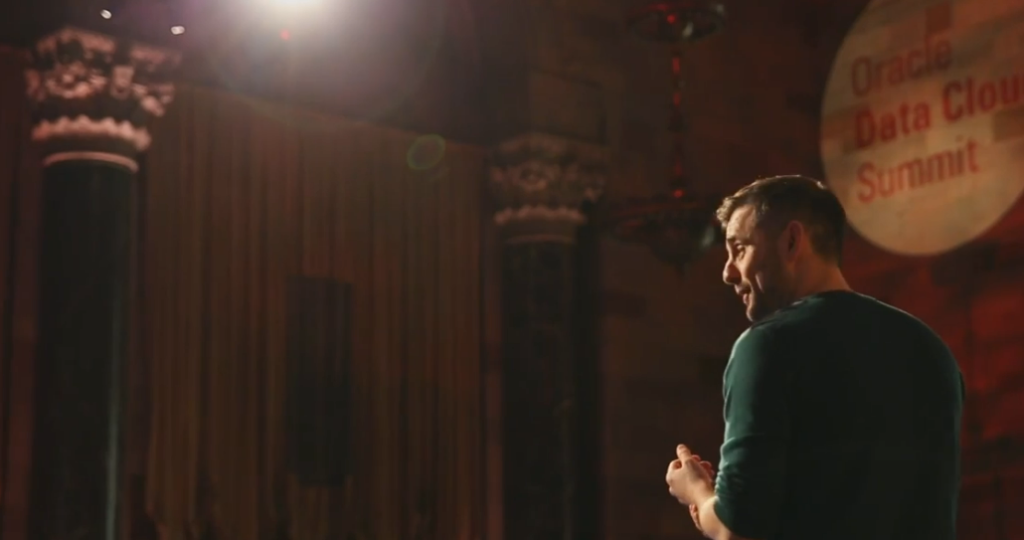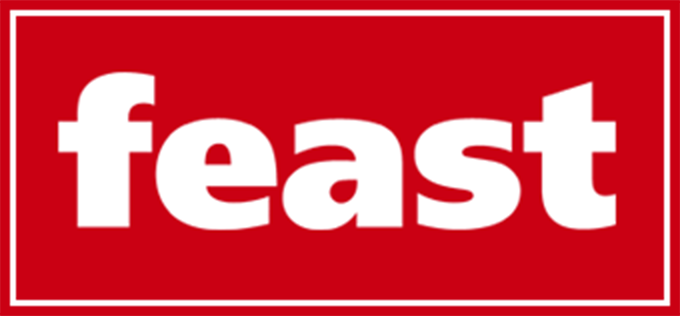There was a period when being online all the time was praised as discipline and ambition was characterized by fatigue. Success was determined by how much you could give up rather than how happy you were. Then followed what Rahaf Harfoush refers to as The Great Recalibration, a societal awakening that rediscovered the importance of balance and questioned the price of unending hustle.
Digital anthropologist and strategist Harfoush characterizes this change as a “mindset correction,” the point at which millions of people stopped mistaking production for meaning. It took years to bring about the Great Recalibration, which was sparked by exhaustion, hastened by crises, and eventually maintained by a desire for a more compassionate society. It evolved into a movement against depletion rather than against labor.
The world economy slowed down just enough during the pandemic for people to become aware of the costs associated with constant activity. All of a sudden, rest was survival, not leisure. When deadlines and data were exchanged for relationships, creativity, and health, professionals from all sectors started to reconsider what success meant. The “Lie Flat” movement in China, the Great Resignation, and silent resignations all pointed to the same reality: people were reframing ambition rather than giving it up.
| Aspect | Details |
|---|---|
| Name | Rahaf Harfoush |
| Profession | Digital Anthropologist, Strategist, and Author |
| Known For | Hustle & Float: Reclaim Your Creativity and Thrive in a World Obsessed with Work |
| Affiliation | Executive Director, Red Thread Institute of Digital Culture; Professor at Sciences Po, Paris |
| Notable Collaborations | The Oxford Internet Institute, The World Economic Forum, Barack Obama Campaign |
| Reference | www.peterhinssen.com/blog/the-great-recalibration |

Harfoush contends that propaganda that linked overachievement and self-worth served as the foundation for hustling culture. According to her, “we were conditioned to believe that rest was a reward rather than a right.” In contrast, equilibrium is reframed in The Great Recalibration as the cornerstone of endurance and creativity. It implies that working sustainably, purposefully, and recuperating are the keys to excellence rather than doing more.
This new way of thinking is incredibly successful in changing the economy and culture. Businesses who implemented a four-day workweek, such as Microsoft Japan, claimed roughly 40% increases in productivity. Nike and LinkedIn realized that exhaustion hinders creativity, so they started offering paid recovery weeks. Even high-pressure sectors like finance have subtly begun investigating flexible and hybrid approaches that place lifespan ahead of continuous production.
Organizations are becoming noticeably more adaptable by incorporating rest into performance systems. This shift is especially novel since it reflects the true nature of creation, which calls for rhythm rather than rigidity. People need quiet times to create meaningful work, just like musicians do when they pause between notes.
The American Dream ran on overdrive for decades. The goal of the younger generation, however, is to live in peace and work with purpose. Gen Z demands sustainability, equality, and honesty from workplaces because they were brought up with transparency and digital exhaustion. They are redesigning ambition, not abandoning it. Additionally, companies who pay attention are already reaping the rewards in the form of increased engagement and retention.
This recalibration is still opposed by many authorities. Some people adhere to the fallacy that putting in more effort would lead to greater outcomes. Evidence, however, consistently shows contrary. After a certain point, it has been demonstrated that an excessive workload dramatically lowers creativity and productivity. As Harfoush notes, leadership needs to change from control to concern. She asserts that culture must be intentionally built and cannot be delegated to HR.
She supports positions such as Chief Culture Officers, who are in charge of not only output but also vitality, innovation, and the welfare of the group. It’s a remarkably contemporary concept that goes beyond effectiveness to empathy. Businesses that view culture as a sustainable resource rather than a side project are the ones who are prospering today.
It’s interesting to note that the recalibration extends beyond business settings. Its odd spokespersons are now creators, athletes, and artists. Simone Biles redefined strength when she pulled out of the Olympics, claiming mental health issues. A type of ambition that incorporates rest as resilience was represented by musicians such as Ed Sheeran, who talked about taking time away from stardom to focus on family. Because they illustrated a common reality—achievement without balance is unsustainable—these tales had an especially strong emotional impact.
The topic of technology is also covered. Despite its great efficiency, Harfoush cautions that artificial intelligence runs the risk of enhancing the very culture we are attempting to eradicate. She queries, “What happens when machines outperform us if our value is still based on output?” Identity is at the heart of the issue, not merely automation. In the process of recalibrating work, society must also reevaluate how it views human worth.
The way that we as a community define success is another cultural factor. On an economic level, the Great Recalibration is reflected in the idea of regenerative capitalism, which has been put out by theorists such as Paul Polman and John Elkington. Regenerative business aims to leave society in a better state than when it arrived, much like regenerative agriculture restores soil rather than just preserves it. This strategy prioritizes impact, sustainability, and renewal over profit margins.
This kind of reasoning seems very relevant today. The limits of extractive systems, whether environmental or emotional, have been made clear by factors including climate change, digital fatigue, and growing inequality. According to The Great Recalibration, the future lies in repair rather than reduction. Instead of doing less, we must actively and together do better.
This evolution is supported by the data. Research indicates that organizations that embrace mindful work cultures—those that prioritize mental wellness and recovery—report reduced turnover and increased innovation rates. Workers who experience psychological safety are noticeably more dedicated and innovative. These are quantifiable results of a healthy ecology, not intangible advantages.
The recalibration also necessitates an identity reassessment on a personal level. For many, labor was a source of affirmation rather than just a means of subsistence. It can be confusing to make the sudden change to balance. Harfoush emphasizes that it takes time, patience, and compassion to learn to separate one’s value from one’s production. But the payoff is profound: a sense of fullness that cannot be purchased with a paycheck.


